The Legend of Anchin and Kiyohime
The Legend of Anchin and Kiyohime is a renowned tale in the Kishu region of Wakayama, Japan. This tragic story contains just about everything– love, betrayal, pursuit, and transformation. The legend deals with concepts of purity and the importance of promises. It is widely celebrated through storytelling in various locations across Wakayama and remains a popular theme in traditional Kabuki and Noh plays.
The Legend of Anchin and Kiyohime
A Fateful Meeting
Once upon a time, there was a monk named Anchin, who lived in Tohoku Region in Japan. One day, Anchin decided to make a pilgrimage to Kumano.
When Anchin almost got to Kumano, it was getting dark, so he asked to stay at a villager’s house in Masago, located on the bank of Tonda River in Wakayama. The villager, who was the village leader, gladly accepted Anchin’s request and allowed him to stay there.
At the villager’s house his only daughter, a young girl called Kiyohime, kindly welcomed him.

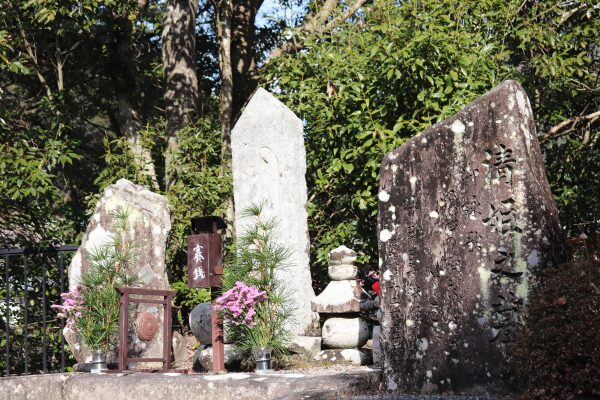
That night, Kiyohime visited Anchin’s room. Kiyohime told Anchin that she fell in love with him and begged him to stay and live with her. However, since Anchin was a devoted monk, he was not allowed to fall in love with anybody. To avoid causing a scene Anchin decided to deceive her, saying that he would surely come back to see her once he had completed his pilgrimage. The following morning Anchin left for Kumano, without so much as a good-bye to Kiyohime.
Kiyohime began anxiously awaiting the return of her beloved.

A Broken Promise
After completing his pilgrimage to Kumano, Anchin forgot all about Kiyohime and his empty promise. Kiyohime, however, continued to wait. Finally, she encountered a passer-by who was returning from the Kumano Pilgrimage.
“Did you see a monk called Anchin?”
“Yeah, I did. He left for home a long time ago!”
Upon hearing this, Kiyohime was overcome with anger and frustration. Without hesitation, she began searching for Anchin. Increasingly blinded by rage, her searching was soon an all-out hunt. She discarded her shoes and ran wild, desperately trying to find Anchin.
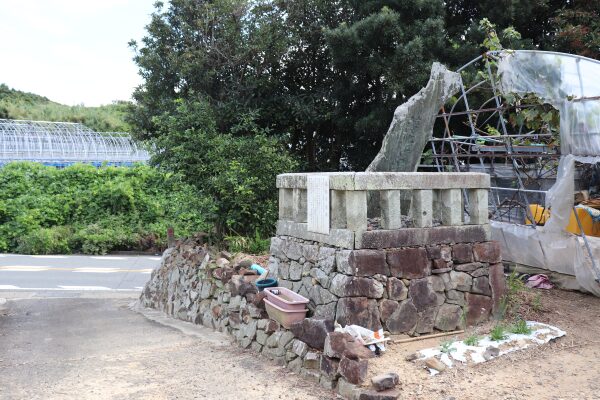
The Transformation of Kiyohime
The closer she came to Anchin the more consumed with rage she became. Her skin grew rough and scaley. Her eyes burned like fire. Without even realizing it, Kiyohime’s body changed into a dragon! By the time she crossed the Hidaka River in Gobo, she was hot on Anchin’s heels.
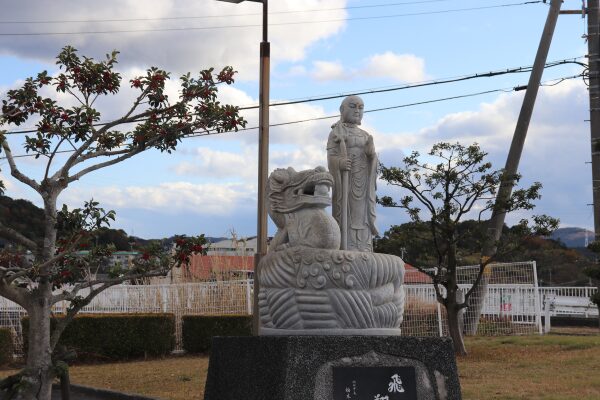
Anchin, running for his life, asked for help at Dojo-ji Temple located just beside the Hidaka River. The monks at Dojo-ji told Anchin to hide inside their temple bell.
However, Kiyohime’s newly heightened senses could not keep Anchin concealed. Her human form now totally gone, she coiled her long body around the bell where Anchin was hiding. Her scream, now a long roar, fire poured from her mouth, encasing the bell red hot flames with Anchin hiding inside.
At last, with her fire spent and her rage exhausted, the monks pulled Anchin’s charred remains out of the bell. Then perhaps at last realizing what she had done, the once beautiful woman threw herself into the Hidaka River, lost under the river’s deep waters.
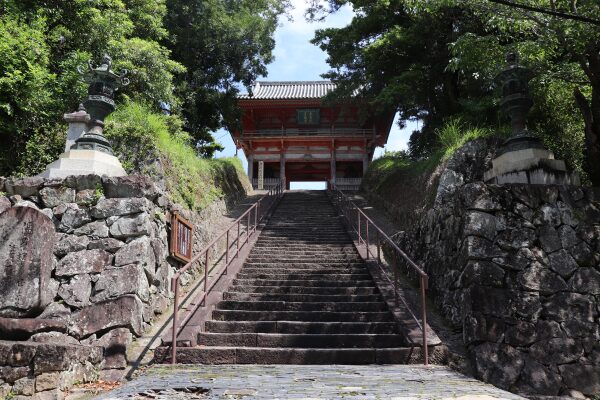

Over time, the story of Anchin and Kiyohime became so popular was adapted to the stage! Known in the Noh world as “Dojo-ji” and in Kabuki as “Kyoganoko Musume Dojo-ji”, the Legend of Anchin and Kiyohime remains one of the most popular performances even today! Their story serves as an example of the Western proverb– ‘Hell hath no fury like a woman scored in love.’
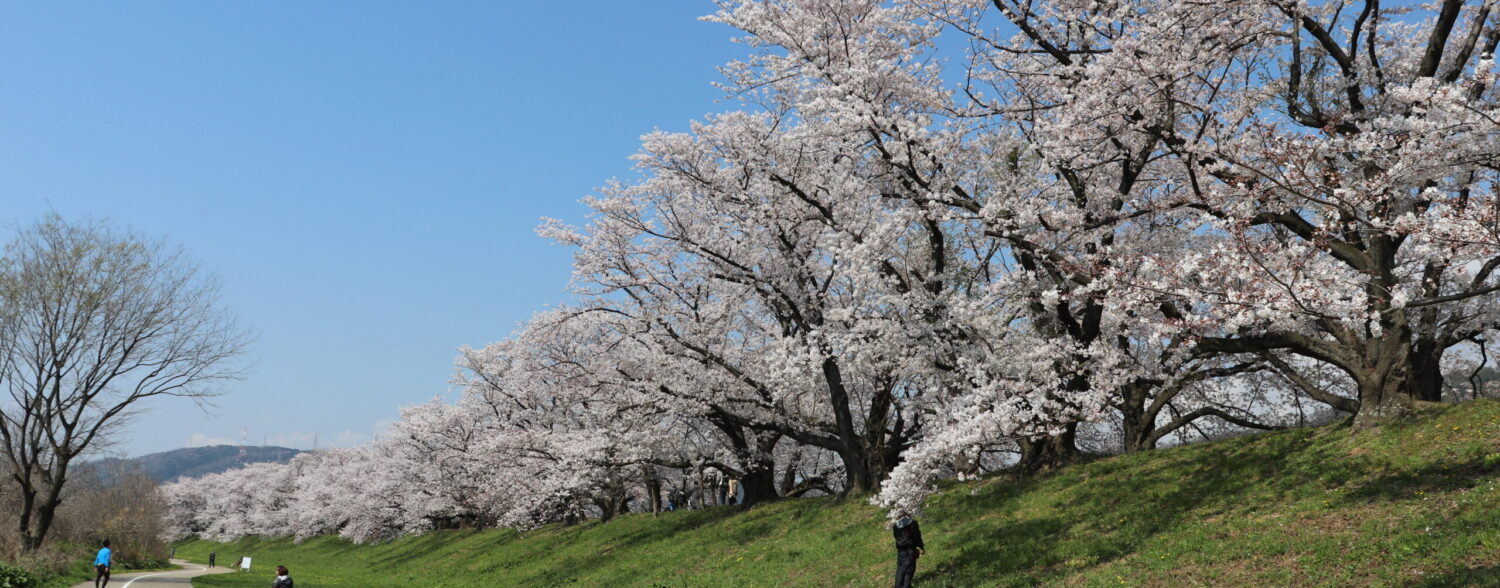

Leave a Reply